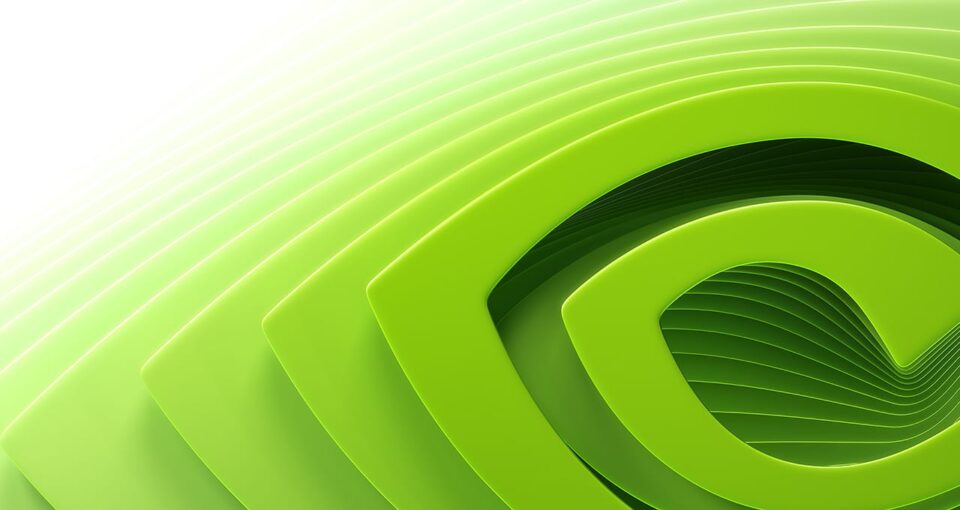
For 25 years, the NVIDIA Graduate Fellowship Program has supported graduate students doing outstanding work relevant to NVIDIA… Read Article

For 25 years, the NVIDIA Graduate Fellowship Program has supported graduate students doing outstanding work relevant to NVIDIA… Read Article
Researchers worldwide rely on open-source technologies as the foundation of their work. To equip the community with the latest advancements in digital and physical AI, NVIDIA is further expanding its… Read Article
Five finalists for the esteemed high-performance computing award have achieved breakthroughs in climate modeling, fluid simulation and more with the Alps, JUPITER and Perlmutter supercomputers — with two winners taking… Read Article
Tanya Berger-Wolf’s first computational biology project started as a bet with a colleague: that she could build an AI model capable of identifying individual zebras faster than a zoologist. She… Read Article
Where CPUs once ruled, power efficiency — and then AI — flipped the balance. Extreme co-design across GPUs, networking and software now drives the frontier of science…. Read Article
To power future technologies including liquid-cooled data centers, high-resolution digital displays and long-lasting batteries, scientists are searching for novel chemicals and materials optimized for factors like energy use, durability and… Read Article
Coastal communities in the U.S. have a 26% chance of flooding within a 30-year period. This percentage is expected to increase due to climate-change-driven sea-level rise, making these areas even… Read Article
Bringing together the world’s brightest minds and the latest accelerated computing technology leads to powerful breakthroughs that help tackle some of the biggest research problems. To foster such innovation, the… Read Article
AI and graphics research breakthroughs in neural rendering, 3D generation and world simulation power robotics, autonomous vehicles and content creation…. Read Article